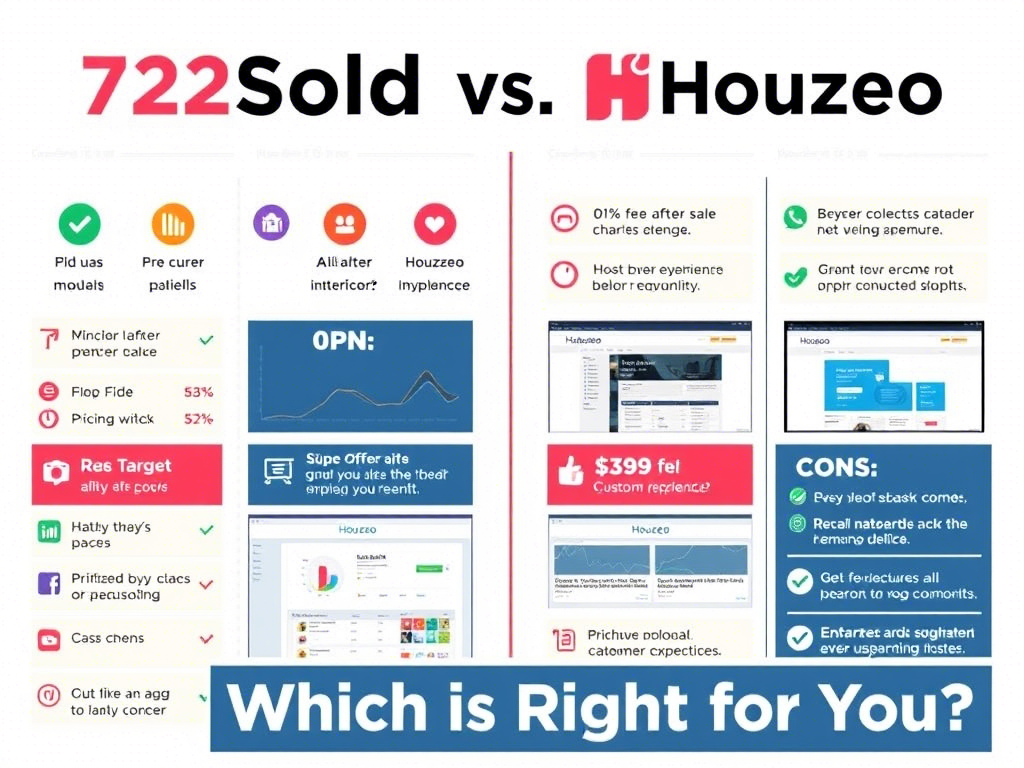
Did you know that all sizes and sectors of Canadian businesses are eligible for the SR&ED tax credit? If your business engages in research and development (R&D) in Canada, even if you don’t own a tech company, you can be eligible for an income tax deduction, an investment tax credit, or even a tax refund in certain circumstances.
Here in this article, we will let you know about the SR&ED tax credit eligibility and filing tips. You will learn to calculate SR&ED tax credits in this article so continue reading.
What is SR&ED? Understanding the Program
We should first be clear about what exactly the SR&ED is before we talk about the specific requirements you must meet.
The Scientific Research & Experimental Development Tax Incentive Program is intended to encourage Canadian businesses of all kinds to do research and development within Canada.
The theory is that by encouraging these businesses to develop and create technological or scientific improvements, Canada will become more economically and internationally competitive. While the incentive primarily targets businesses under Canadian management, other businesses and even individuals are eligible to take part.
What Are the Eligibility Criteria for the SR&ED Program?
The three technical requirements for the project serve as the major determinant of SR&ED eligibility:
Project Qualifications
Consider the following three queries. There is a good chance that the following SR&ED work is eligible if you select “yes” to all (or most) of the questions:
- Was there an effort to technological advancement?
- Was there technological uncertainty?
- Did you examine the assumptions and hypotheses using a systematic procedure?
It should be noted that “technical ambiguity” is not the same as a lack of internal competence or knowledge. There is a low likelihood of eligibility if this project has already been validated in the past to the point that it is standard practise in your sector.
Keep in mind that eligibility requirements are independent of performance. In reality, the potential for technological innovation increases with the degree of uncertainty.
Greater technical uncertainty increases eligibility chances, which leads to higher claims and larger returns.
Extent of Eligible R&D Costs
The following brief list of costs can be used to calculate the credits owed to you:
- Wages and salaries
- Materials ingested or changed
- Subcontractor payments
Tracking your time is essential for determining the scope of your allowable expenses. Whether you operate in a lab environment or if you spend the majority of your development in the browser will determine the best time monitoring software for SR&ED.
Sample of an Eligible Project
You should provide the sample of an eligible project such as: –
- Name of the project
- Field of Technology: Software engineering and technology
- Technological Advancements
- Goal of your project
Tips For Filing Sr&Ed Tax Credit
Tip 1: Automate time tracking as much as you can
Tip 2: You should not discuss technical stuff about your project over your email.
Tip 3: Schedule stand-up meetings and keep them to no more than 15 minutes
Tip 4: Begin now and plan your SR&ED claim backwards.
Tip 5: Document your documentation



















